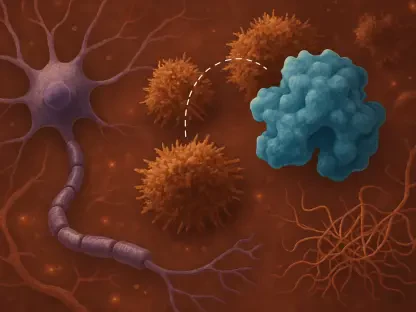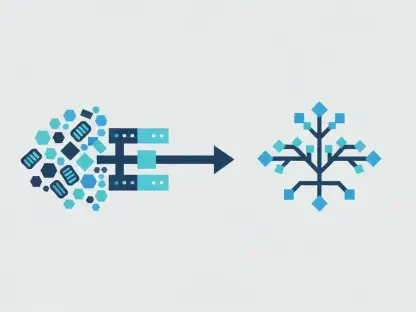Ivan Kairatov is a renowned expert in the biopharma industry, particularly in the realms of technology and innovation. His expertise in research and development has helped shape advancements in targeted cancer therapies. We discuss the recent FDA approval of the tablet formulation of Brukinsa, a targeted cancer drug by BeOne Medicines, and explore its implications for both patients and the industry at large.
What motivated BeOne Medicines to develop a tablet formulation of Brukinsa?
The driving force behind developing a tablet formulation was to enhance the overall dosing experience for patients. With cancer treatments, simplifying the regimen can significantly improve adherence and, subsequently, outcomes. By transitioning from a capsule to tablet, BeOne Medicines aimed to offer a more convenient option that aligns closely with patient needs.
How does the tablet formulation of Brukinsa improve the dosing experience for patients?
The shift to tablets brings a key advantage in that patients now need to take fewer pills—two 160mg tablets instead of four 80mg capsules daily. This change reduces the pill burden, which is often a significant factor in how patients manage their treatment. Additionally, the tablets are smaller and film-coated, making them easier to swallow. Such features are crucial, especially for patients who may face difficulty swallowing the larger capsules.
What indications are covered by the new tablet formulation of Brukinsa?
The tablet formulation covers the same indications as the capsule version: chronic lymphocytic leukaemia, small lymphocytic lymphoma, Waldenström’s macroglobulinemia, mantle cell lymphoma, marginal zone lymphoma, and follicular lymphoma. Given the simplified dosing, there is potential for wider use in clinical practice as it alleviates one of the challenges many patients face.
Can you discuss the clinical studies that supported the FDA’s decision to approve the tablet formulation?
The FDA’s approval was significantly influenced by phase 1 crossover studies involving healthy adults, which showed that the tablets offer equivalent efficacy and safety to the capsules. This robust evidence dispelled concerns about potential differences in drug absorption or effects between the two formulations, providing confidence in the therapeutic interchangeability.
What impact do you expect the tablet formulation to have on patient adherence and overall treatment experience?
Improved adherence is a likely outcome of the new formulation. When patients find their treatment regimen easier to manage, they are more likely to stick to it. This adherence can not only improve their health outcomes but also enhance their quality of life by reducing the daily hassle of managing their medication.
What is the significance of the FDA’s accelerated approval for the follicular lymphoma indication?
The accelerated approval underscores the urgent need for effective therapies for follicular lymphoma, a complex condition often resistant to conventional treatments. Combining Brukinsa with Roche’s Gazyva has shown promising results, leading to significant clinical responses as demonstrated in the ROSEWOOD study, which highlighted its effectiveness.
How does the regulatory process for drug approvals differ between the FDA and the European Medicines Agency?
The FDA tends to have a more expedited approval pathway, especially for drugs demonstrating high unmet medical need. Conversely, the European Medicines Agency may have stricter requirements for demonstrating efficacy based on broader clinical data. Currently, the European review of the tablet is ongoing, and a decision is anticipated soon.
What feedback have you received from healthcare professionals and patients regarding the new formulation?
Feedback has been overwhelmingly positive, with professionals appreciating the simplified administration and patients finding the tablets more manageable. This positive reception indicates that the transition from capsules to tablets likely meets a critical need in the oncology community.
Are there any plans to develop additional formulations or combination treatments with Brukinsa?
The idea of further innovations is always on the table, but specifics depend on ongoing research and emerging needs within the oncology community. The development of combination treatments is an area of active interest as we continue to seek ways to enhance efficacy and patient outcomes.
How does the approval of the tablet formulation align with BeOne Medicines’ overall strategy for cancer treatment development?
The new formulation aligns perfectly with the strategy to make cancer treatments more patient-centric by simplifying regimens without compromising efficacy. By focusing on the patient experience, BeOne Medicines not only aims to improve adherence but also strives to empower patients in managing their own health better.









